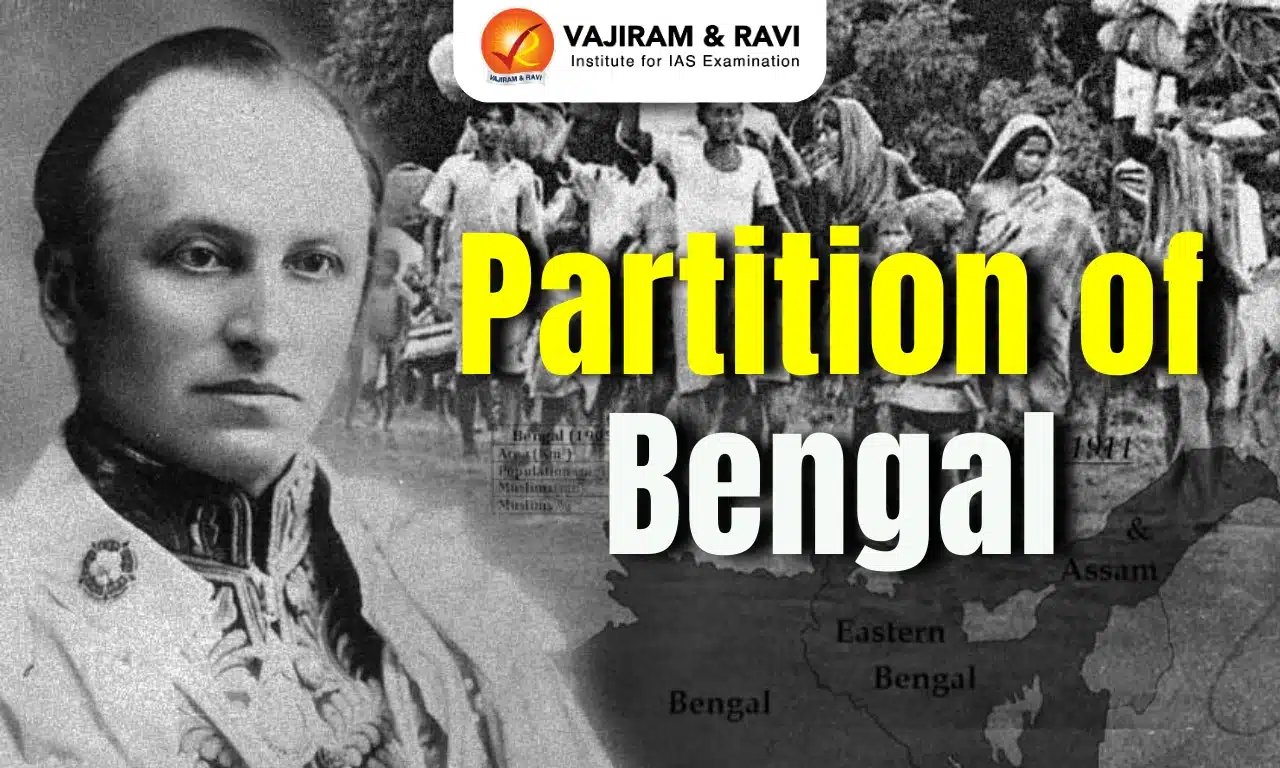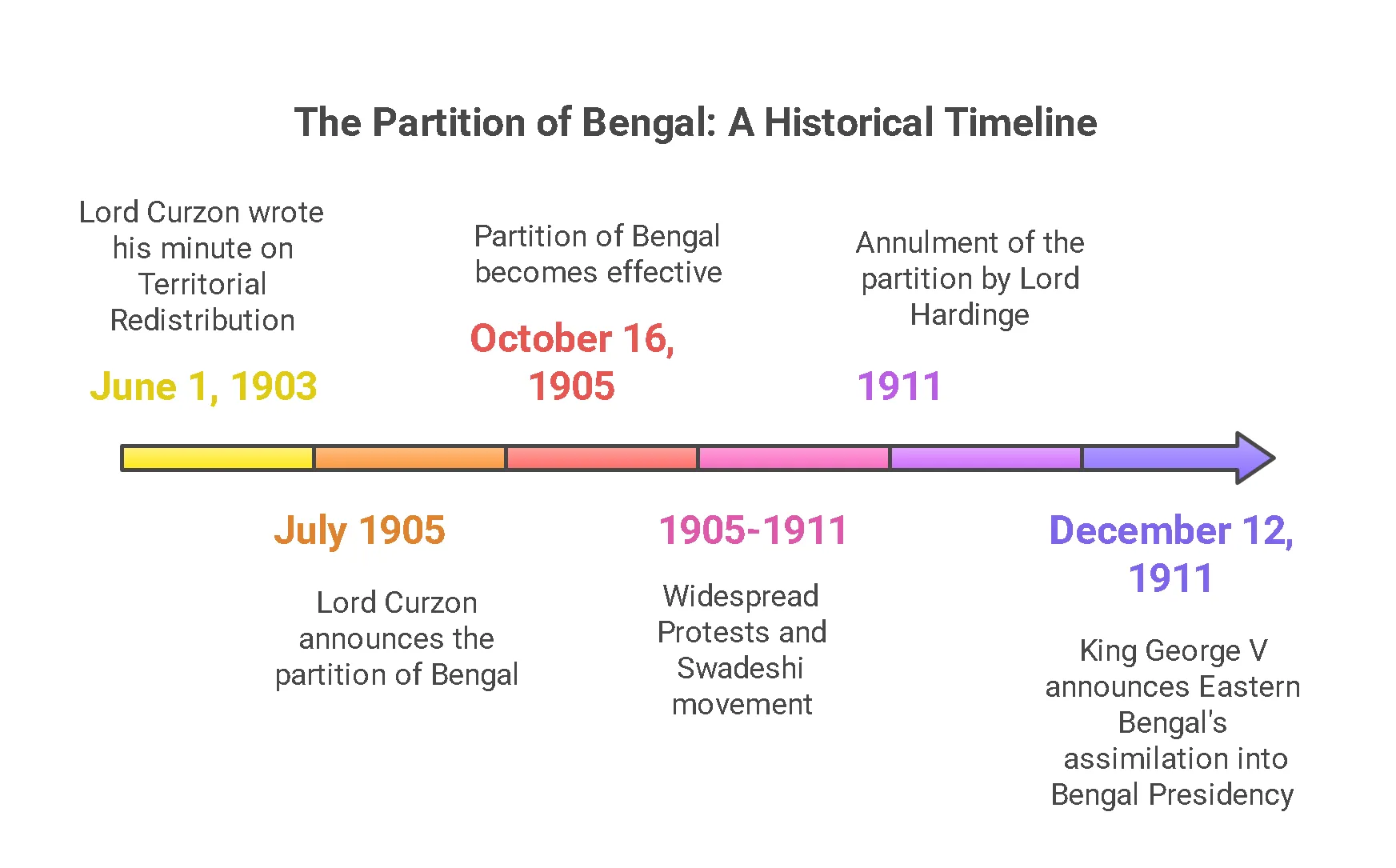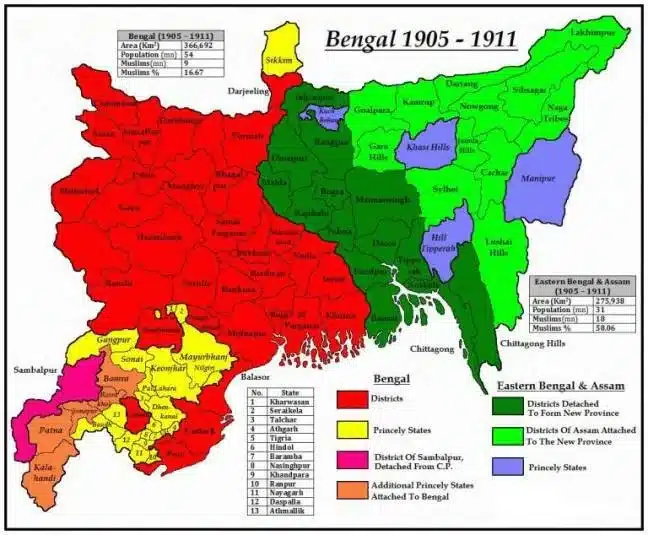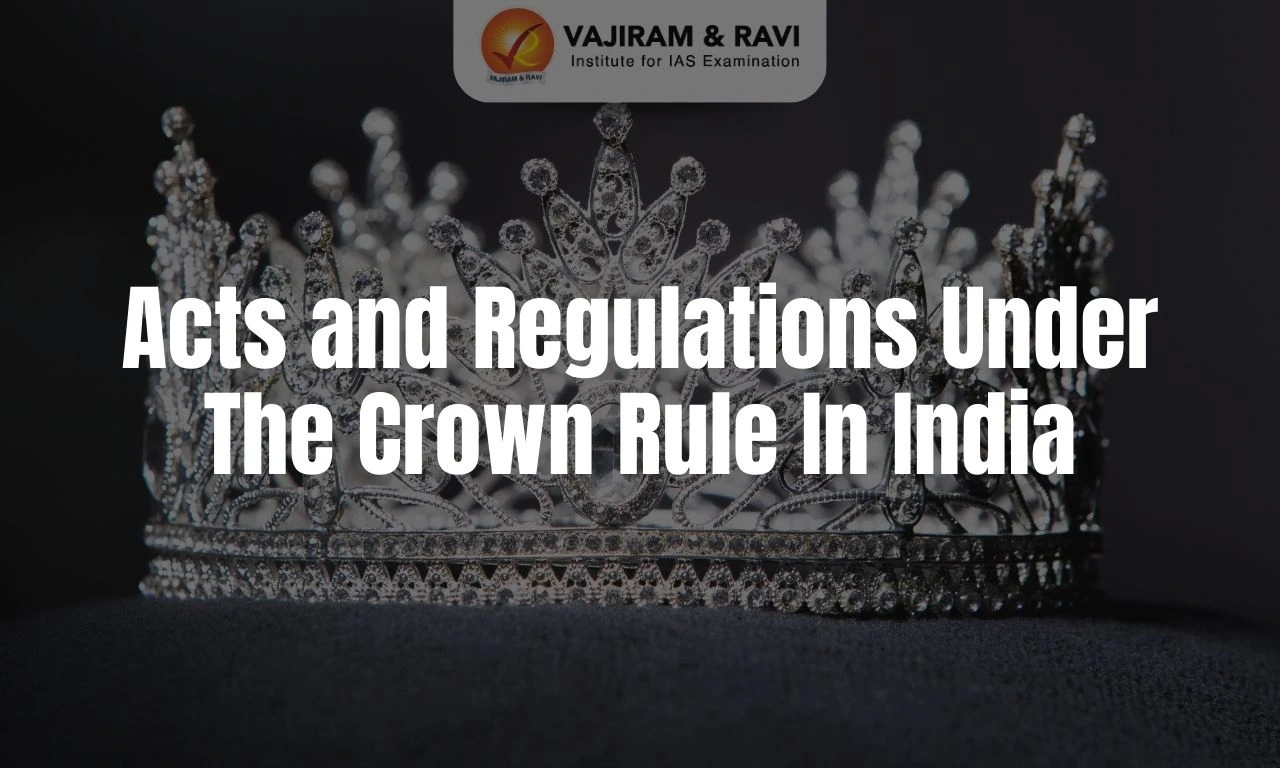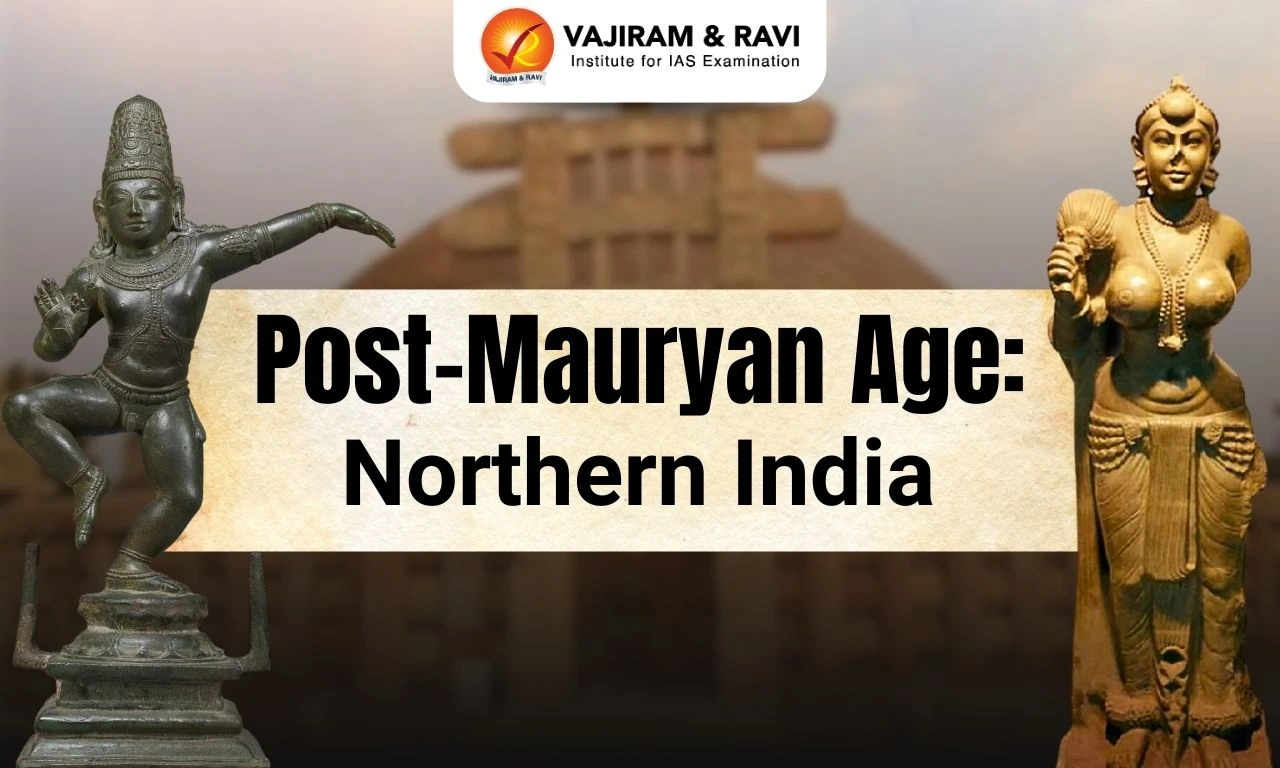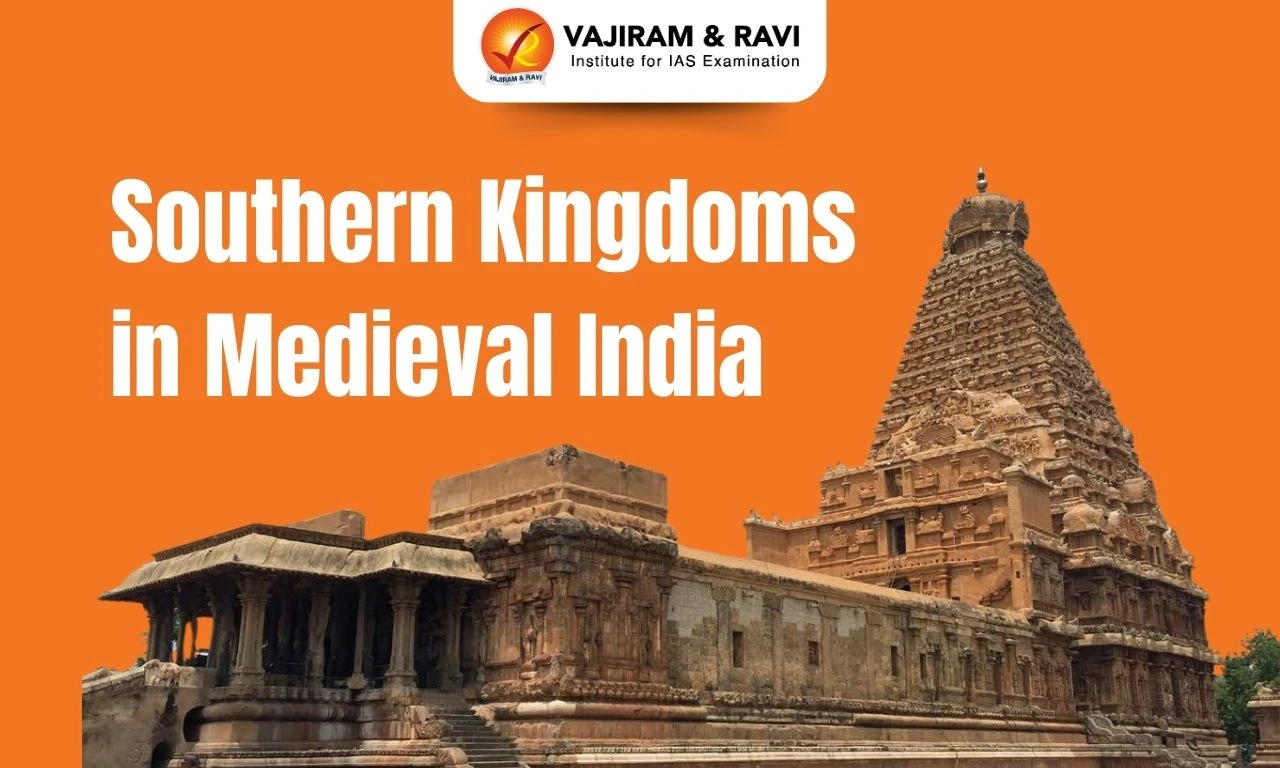Partition of Bengal (1905) was a territorial reorganization of the Bengal Presidency that separated the predominantly Hindu western areas from the predominantly Muslim eastern areas. Partition of Bengal was announced by Lord Curzon, the then-Viceroy of India, on July 20, 1905. The reorganization took effect on October 16, 1905. It was one of the most significant events in Indian history, which shaped India’s national movement.
Partition of Bengal was intended to stifle the developing nationalist movement under the guise of administrative efficiency and development in all districts of Bengal. The partition sparked enormous protests, gaining support from all segments of society, and the emergence of the Swadeshi Movement. Following widespread objections, Lord Hardinge overturned the split in 1911.
Partition of Bengal Overview
Partition of Bengal (1905) was a territorial reorganisation of the Bengal Presidency by the British Raj, separating Muslim-dominated eastern areas from Hindu-majority western areas. It was announced by Lord Curzon, that the partition was seen as a divide-and-rule policy, weakening the nationalist cause. Despite Curzon's claims of administrative efficiency, Hindus were outraged. The partition was declared unconstitutional in 1911 after widespread political protests.
Partition of Bengal Background
Bengal was one of the largest provinces of British India, comprising Bihar, West Bengal, and Orissa. Bengal was British India's capital, making it a politically significant area. It included both Bengali-speaking Hindus and Muslims. It had a population of about 80 million before the partition, making it difficult to govern. The British argued that governing such a large area was a challenge for them. To improve governance, the Viceroy Curzon announced the partition of Bengal in 1905. The Partition of Bengal was done in two provinces:
- Western Bengal: It comprised Western Bengal as well as the provinces of Bihar and Orissa.
- Eastern Bengal and Assam: It comprised the Chittagong, Dacca and Rajshahi divisions, Hill Tippera (Tripura), Malda and Assam
Partition of Bengal Role of Lord Curzon
Partition of Bengal was announced by Lord Curzon. He was the Viceroy of India from 1899 to 1905 and was the primary figure behind the Partition of Bengal. He believed that dividing Bengal into smaller provinces would aid the British government in governing it efficiently. Curzon saw Bengal as a hub of the nationalist movement. The partition exemplified the British's divisive policies, dividing Bengal into West Bengal, predominantly Hindu, and East Bengal, predominantly Muslim, causing conflict between Hindus and Muslims.
Partition of Bengal Reasons
Partition of Bengal was done for administrative convenience and equal development in all areas of Bengal, as per the British government. However, the reasons for Bengal's partition can be understood through British divisive policies.
- Growing Nationalism: Bengal became the growing centre of Indian Nationalism. Many national list leaders like Aurobindo Ghosh and Surendranath Banerjee emerged from Bengal and significantly strengthened the nationalist movement.
- Gather Muslim Support: Lord Curzon was trying to woo Muslims. He argues that Dacca could become the capital of the new Muslim-majority province which would provide them with unity.
- Cripple Educated Class: Separation of urban bases of English-educated upper caste Indians from the jute cultivating areas to diminish Calcutta's significance.
- Counter INC: The creation of a Muslim-majority province in Eastern Bengal would counter the Indian National Congress (INC) in West Bengal.
Partition of Bengal Response
The Partition of Bengal in 1905 sparked widespread reactions across India. Many saw Lord Curzon's move as an attempt to divide and weaken the growing nationalist movement by creating religious divisions. This led to unrest, with both leaders and ordinary citizens responding in various ways. The day of partition (16 October 1905) also coincided with Raksha Bandhan Day, which celebrates sibling relationships.
- Moderates: Moderate leaders such as Surendranath Banerjee believed in peaceful protests through petitions and negotiations with the British government. They organized peaceful public meetings to reverse the partition. They wrote petitions appealing through constitutional methods.
- In protest, nationalist leaders such as Surendranath Banerjee, Tarak Nath Palit, and Ananda Mohan Bose founded the Federation Hall Society.
- Extremists: Extremist leaders such as Bal Gangadhar Tilak and Bipin Chandra Pal adopted a more radical approach. They promoted the Swadeshi Movement and the boycott of foreign goods.
- Common People: In Calcutta, a hartal was called, declaring a day of mourning. People fasted, and no fires were lit in the cooking hearth. They paraded on the streets singing Bande Mataram. People tied rakhis, symbolising solidarity.
- Rabindranath Tagore composed the renowned song 'Amar Sonar Bangla,' which later became Bangladesh's national anthem.
Partition of Bengal Impact
Partition of Bengal significantly impacted the Indian independence movement. It caused a wave of anger among every section of people across India. All factions of Congress, both the Moderates and the Radicals, opposed it.
- Rise of Swadeshi Movement: Large, peaceful public gatherings and meetings were organized, leading to the rise of the Swadeshi movement, which encouraged citizens to buy locally made products and boycott foreign goods.
- New Political Parties: The Partition of Bengal led to the formation of new political parties like the formation of the Muslim League in 1906.
- Split in Congress: The division of Congress in 1907 at Surat into two factions, the Moderates and the Extremists, as extremists lost faith in the capacity of moderates to negotiate with the British government.
Partition of Bengal Annulment
Due to the intense and growing opposition, the British government decided to annul the partition in 1911. This decision was announced by the then Viceroy of India, Lord Hardinge, during his Durbar address in December 1911. The capital of British India was also shifted from Calcutta to Delhi to decrease the importance of Calcutta and the intellectuals of Bengal. This was announced because:
- The British realized that the partition was having the opposite effect of what they had intended.
- It had united Hindus and Muslims against British rule, leading to the strengthening of nationalist sentiments and calls for Indian independence.
- In addition, the partition led to administrative inefficiencies, and it was becoming increasingly difficult to manage the two provinces.
Partition of Bengal UPSC PYQs
Q.1 Evaluate the policies of Lord Curzon and their long-term implications on the national movement. (UPSC Mains 2020)
Q.2 With reference to the Swadeshi Movement, consider the following statements: (UPSC Prelims 2019)
- It contributed to the revival of the indigenous artisan crafts and industries.
- The National Council of Education was established as a part of the Swadeshi Movement.
Which of the statements given above is/are correct?
(a) 1 only
(b) 2 only
(c) Both 1 and 2
(d) Neither 1 nor 2
Ans: (c)
Q.3 The Swadeshi and Boycott were adopted as methods of struggle for the first time during the (UPSC Prelims 2016)
- Agitation against the Partition of Bengal
- Home Rule Movement
- Non-Cooperation Movement
- Visit of the Simon Commission to India
Ans. (a)
Q.4 The Partition of Bengal made by Lord Curzon in 1905 lasted until (UPSC Prelims 2014)
- The First World War, was when Indian troops were needed by the British, and the partition was ended.
- King George V abrogated Curzon’s Act at the Royal Durbar in Delhi in 1911
- Gandhiji launched his Civil Disobedience Movement
- The partition of India in 1947 when East Bengal became East Pakistan.
Ans. (b)
| Other Related Posts | |
| Swadeshi movement | Muslim League |
| Partition of Bengal | Hindu Mahasabha |
Last updated on December, 2025
→ Check out the latest UPSC Syllabus 2026 here.
→ Join Vajiram & Ravi’s Interview Guidance Programme for expert help to crack your final UPSC stage.
→ UPSC Mains Result 2025 is now out.
→ UPSC Notification 2026 is scheduled to be released on January 14, 2026.
→ UPSC Calendar 2026 is released on 15th May, 2025.
→ The UPSC Vacancy 2025 were released 1129, out of which 979 were for UPSC CSE and remaining 150 are for UPSC IFoS.
→ UPSC Prelims 2026 will be conducted on 24th May, 2026 & UPSC Mains 2026 will be conducted on 21st August 2026.
→ The UPSC Selection Process is of 3 stages-Prelims, Mains and Interview.
→ UPSC Result 2024 is released with latest UPSC Marksheet 2024. Check Now!
→ UPSC Prelims Result 2025 is out now for the CSE held on 25 May 2025.
→ UPSC Toppers List 2024 is released now. Shakti Dubey is UPSC AIR 1 2024 Topper.
→ UPSC Prelims Question Paper 2025 and Unofficial Prelims Answer Key 2025 are available now.
→ UPSC Mains Question Paper 2025 is out for Essay, GS 1, 2, 3 & GS 4.
→ UPSC Mains Indian Language Question Paper 2025 is now out.
→ UPSC Mains Optional Question Paper 2025 is now out.
→ Also check Best IAS Coaching in Delhi
Partition of Bengal FAQs
Q1. What was the partition of Bengal?+
Q2. What was the reason for the partition of Bengal?+
Q3. How is the Swadeshi movement linked to the partition of Bengal?+
Q4. What was the impact of the Partition of Bengal on the Indian National Congress?+
Q5. Who annulled the partition of Bengal?+



